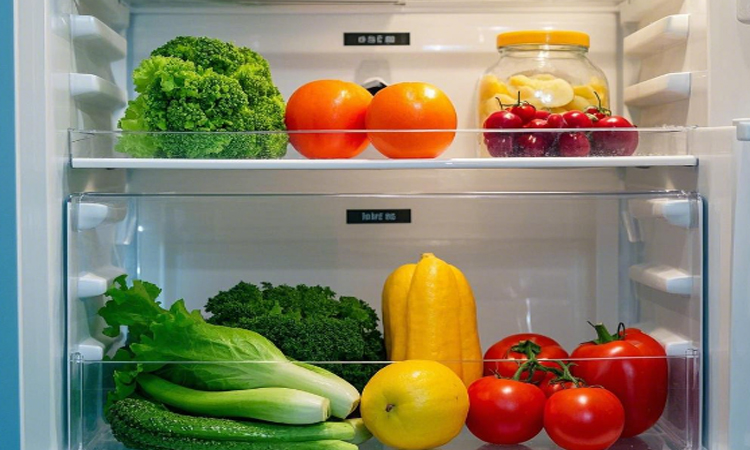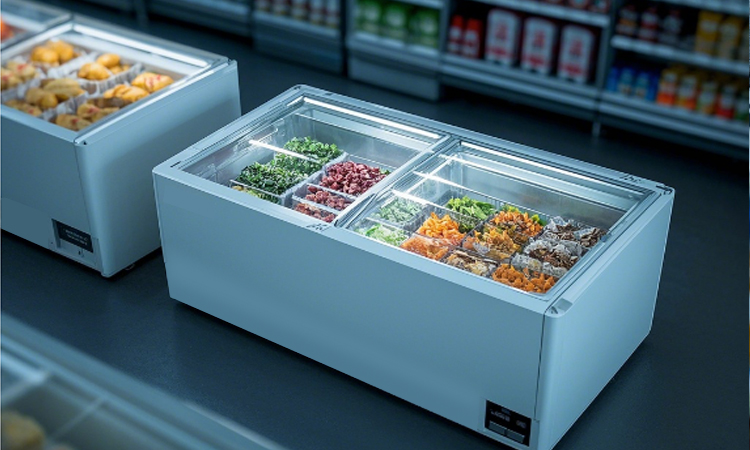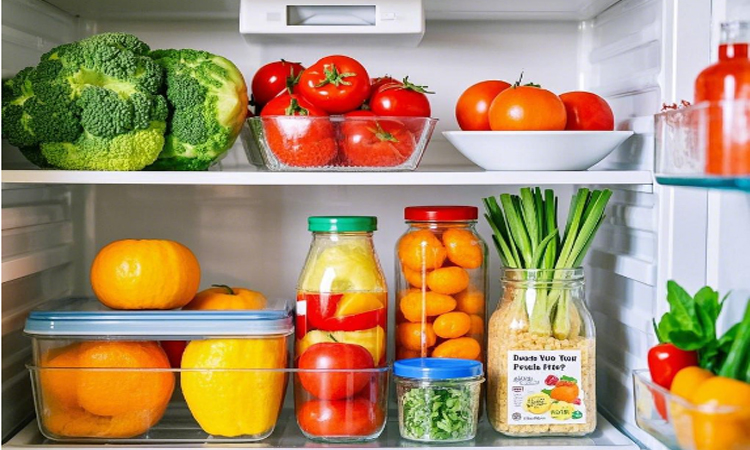
Choosing the right cake display cabinet supplier is a critical decision for bakeries, patisseries, and catering businesses. A high-quality cake cabinet not only preserves the freshness, texture, and appearance of pastries but also enhances in-store aesthetics and customer trust. However, with numerous suppliers in the market—from local manufacturers to international brands—navigating the selection process requires a systematic approach that balances product performance, supplier reliability, service quality, and cost-effectiveness. This article outlines key steps and considerations to help businesses identify the most suitable cake display cabinet supplier, ensuring long-term operational efficiency and customer satisfaction.
1. Verify Supplier Qualifications: The Foundation of Reliable Cooperation
Before evaluating products, businesses must first confirm the supplier’s legitimacy and industry credentials. A qualified supplier minimizes risks such as substandard products, delayed deliveries, or inadequate after-sales support—issues that can disrupt daily operations and damage brand reputation.
1.1 Check Business Licenses and Production Certifications
Start by verifying the supplier’s basic business documents. Legitimate suppliers should hold a valid business license, production permit for commercial refrigeration equipment, and compliance with local or international safety standards. For example, suppliers targeting global markets should have certifications like CE (for the EU), UL (for North America), or SAA (for Australia/New Zealand), which ensure products meet strict safety and electrical standards. For food-related equipment, additional food-grade material certifications (e.g., FDA approval for plastic components) are non-negotiable, as cake cabinets directly contact edible products.
Avoid suppliers that cannot provide these documents, as they may cut corners on material quality or safety testing—leading to issues like toxic material leaching or electrical hazards.
1.2 Evaluate Industry Experience and Customer Case Studies
Supplier experience is a strong indicator of product maturity and service capability. Prioritize suppliers with 5+ years of experience in manufacturing cake display cabinets, as they are more likely to understand industry-specific needs (e.g., humidity control for cream cakes, anti-fog glass for display visibility). Ask the supplier to share case studies or references from similar businesses—for instance, a bakery specializing in custom cakes may benefit from a supplier that has worked with high-end patisseries, while a small café might prefer a supplier experienced in compact, space-saving models.
Additionally, check online reviews or industry forums for feedback on the supplier. Look for consistent praise or complaints about delivery times, product durability, and problem-solving—this provides unfiltered insights into real-world performance.
2. Assess Product Performance: Align with Business Needs
Cake display cabinets vary in design, functionality, and performance. The best supplier will offer products tailored to the business’s specific requirements, whether it’s a refrigerated cabinet for perishable cream cakes or a ambient display for dry pastries. Key performance factors to evaluate include:
2.1 Temperature and Humidity Control Accuracy
Temperature stability is critical for preserving cake freshness. Most cream-based cakes require a temperature range of 2–8°C, while chocolate cakes or pastries may tolerate slightly higher temperatures (8–12°C). A reliable supplier’s cabinets should maintain a temperature fluctuation of ≤±1°C—avoid cabinets with inconsistent cooling, as this can cause cream to spoil or cakes to dry out.
Humidity control is equally important, especially for delicate pastries. Look for suppliers that offer cabinets with adjustable humidity (50–70%), as low humidity leads to dry, crumbly cakes, while high humidity causes condensation and soggy packaging. Ask the supplier to provide test reports proving temperature and humidity accuracy, or request a demo to monitor performance over 24 hours.
2.2 Material Quality and Durability
The cabinet’s construction materials directly impact its lifespan and safety. The exterior should be made of stainless steel (304 grade preferred) or high-quality tempered glass—stainless steel resists corrosion and scratches, while tempered glass is shatterproof and easy to clean. The interior should use food-grade plastic or stainless steel, with smooth surfaces to prevent dirt buildup and facilitate sanitization.
Pay attention to critical components like compressors and door seals. Reputable suppliers use branded compressors (e.g., Embraco, Danfoss) that offer longer lifespans (8–10 years) and lower noise levels. Door seals should be thick, flexible, and replaceable—worn seals cause cold air leakage, increasing energy consumption and reducing cooling efficiency.
2.3 Energy Efficiency and Customization Options
Energy efficiency reduces long-term operating costs. Choose suppliers that offer cabinets with energy efficiency ratings (EER) or compliance with standards like the EU’s ERP Directive. An energy-efficient cabinet can save 15–25% on monthly electricity bills compared to outdated models—significant for businesses that run cabinets 24/7.
Customization is another key consideration. Businesses with unique space constraints (e.g., narrow storefronts) or branding needs (e.g., custom colors, logo engraving) should select suppliers that offer tailored solutions. Ask about lead times for custom orders—reliable suppliers typically deliver custom cabinets within 4–6 weeks, with clear communication on design revisions and production milestones.
3. Evaluate Service Quality: Ensure Post-Purchase Support
A supplier’s service quality is as important as product performance. Cake cabinets are long-term investments, and timely support is essential when issues arise (e.g., compressor failure, glass breakage).
3.1 Pre-Sale Consultation and After-Sales Warranty
Good suppliers provide comprehensive pre-sale consultation to help businesses select the right cabinet model. They should ask questions about daily cake volume, storage needs, and store layout—avoid suppliers that push specific models without understanding your business.
After-sales warranty is a critical service indicator. Look for suppliers that offer a 1–2 year full warranty (covering parts and labor) and an extended warranty (3–5 years) for key components like compressors. Clarify warranty terms: Does it include on-site repair? Are there any exclusions (e.g., damage from improper use)? Reputable suppliers also offer a replacement guarantee for defective products within the first 30 days.
3.2 Maintenance and Spare Parts Availability
Regular maintenance extends cabinet lifespan, so choose suppliers that provide annual maintenance services or detailed maintenance guides. Additionally, confirm the availability of spare parts—suppliers with local warehouses or partnerships with regional distributors can deliver parts (e.g., door seals, thermostats) within 2–3 days, minimizing downtime. Avoid suppliers that require importing parts from overseas, as this can lead to delays of 2–4 weeks.
4. Compare Cost and Cost-Effectiveness: Avoid Blindly Chasing Low Prices
Cost is a key factor, but businesses should avoid selecting suppliers based solely on the lowest price. A cheap cabinet may have hidden costs—higher energy bills, frequent repairs, or premature replacement—that outweigh initial savings. Instead, focus on total cost of ownership (TCO), which includes purchase price, energy consumption, maintenance costs, and lifespan.
4.1 Request Transparent Quotations
Ask suppliers for detailed quotations that break down costs: unit price, shipping fees, installation charges, and any additional services (e.g., training, customization). Compare quotations from 3–5 suppliers, but ensure you’re comparing similar products (e.g., same size, features, warranty terms). Be wary of vague quotations or unexpected fees (e.g., "installation surcharges")—these are red flags for poor transparency.
4.2 Negotiate Bulk Purchase and Payment Terms
Businesses purchasing multiple cabinets (e.g., chain bakeries) can negotiate bulk discounts. Most suppliers offer 5–15% off for orders of 5+ units, with higher discounts for larger quantities. Additionally, discuss payment terms—flexible terms (e.g., 30% advance, 70% upon delivery) can improve cash flow, while suppliers may offer additional discounts for full upfront payment.
5. Mitigate Risks: Test Samples and Clarify Contract Terms
Before finalizing a partnership, take steps to mitigate risks and ensure both parties’ expectations are aligned.
5.1 Test Product Samples
Request a sample cabinet for a 1–2 week trial. During this period, test temperature stability, noise levels (should be ≤50 decibels for customer comfort), and ease of use (e.g., door opening/closing, control panel functionality). Invite staff to provide feedback—their daily interaction with the cabinet will reveal practical issues (e.g., hard-to-reach shelves) that may not be apparent during a demo.
5.2 Review Contract Terms Carefully
Ensure all agreements are documented in a formal contract. Key clauses to include: delivery timeline (with penalties for delays), quality standards (referencing certifications and test reports), warranty coverage, payment schedule, and dispute resolution mechanisms. Avoid verbal agreements—written contracts provide legal protection if the supplier fails to meet obligations.
In conclusion, choosing a cake display cabinet supplier requires a holistic approach that combines qualification verification, product performance assessment, service quality evaluation, and cost analysis. By prioritizing reliability, customization, and long-term support over short-term cost savings, businesses can select a supplier that not only provides high-quality cabinets but also acts as a strategic partner in their growth. Whether you’re a small local bakery or a large chain, the right supplier will understand your unique needs and deliver solutions that enhance operational efficiency, preserve product quality, and delight customers.





